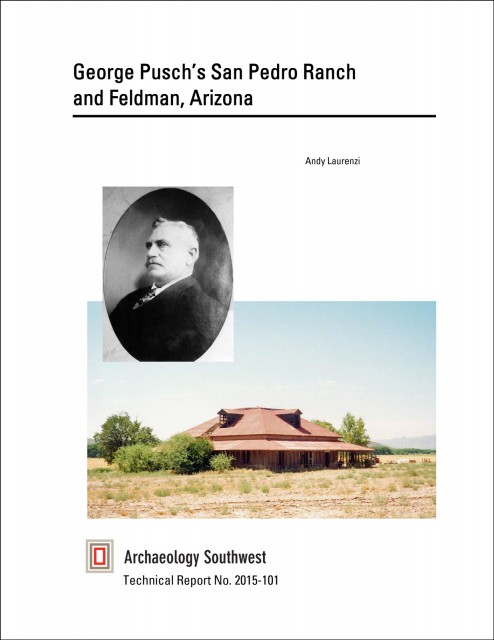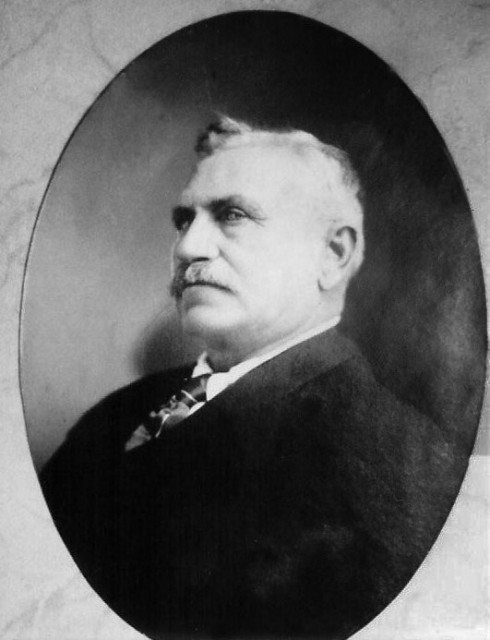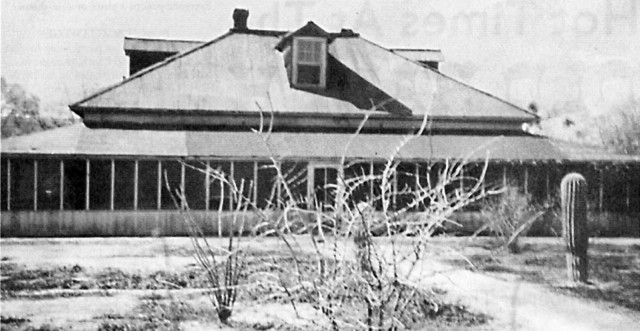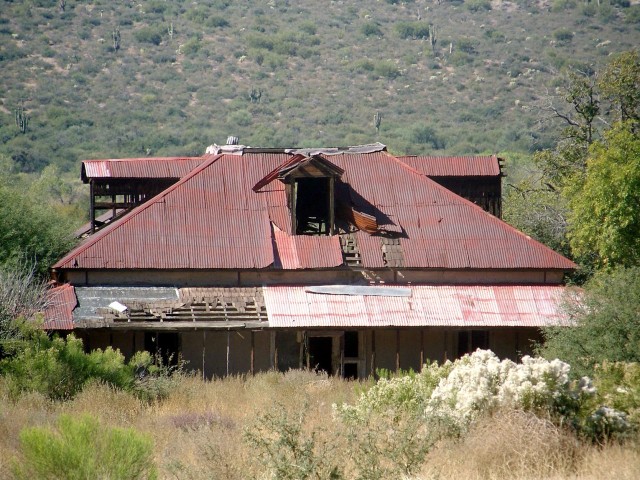- Home
- >
- Preservation Archaeology Blog
- >
- Preservation and Purpose at the PZ Ranch

All buildings—whether agricultural, residential, industrial, or commercial—are built with a purpose and function in mind. The owners spend money to construct and maintain the structure to fulfill that purpose and function. There is an economic calculus at play that balances the financial costs against the value of the purpose and function the structure provides. Historic building preservation works best when the core economic calculus continues to make sense, such that the cost of acquisition and necessary repairs, stabilization work, or restoration can be recovered through continued use of the building for some purpose and function.
When a structure loses that purpose or function, or when the costs of stabilization and restoration and the responsibilities of continued maintenance become too great, then the economic calculus no longer operates effectively and efficiently. The calculus is then dominated by the preservation function, which—as valuable as it may be to many of us—must contend with some, if not all, of the real-world costs of acquisition, restoration, and maintenance.
In urban settings, historic structures have a greater chance of survival, given the greater range of potential economic uses—home, office building, warehouse, and the like—many of which are the result of creative repurposing. The preservation constituency within urban areas helps promote preservation and provides leverage with political decision-makers who can provide various incentives for private landowners through the land-use entitlement process. Urban areas also tend to have more financial resources to support preservation; for example, in Pima County, where Tucson is located, there have been several bond elections that dedicated bond funding for historic preservation projects. By contrast, rural Pinal County has never held a bond election to provide funding for historic preservation.
In rural settings, the economic options are fewer and the preservation constituency is much smaller. Rural historic building preservation may be the toughest preservation row to hoe. Our recent work with ASARCO, LLC, a copper mining, smelting, and processing corporation, is a case in point.

When ASARCO acquired the PZ Ranch on the lower San Pedro River below Aravaipa Creek, they acquired with it the town site of Feldman, Arizona, in which all the original structures remained—including a magnificent ranch house built in the Territorial vernacular style, one of the best remaining examples in southern Arizona. The ranch and Feldman were first acquired and built as part of the George Pusch San Pedro Ranch and his successor entity, the Pusch Land and Cattle Company, from 1885–1925. It was sold to J. S. Nickerson and became the PZ Ranch, only to experience seven successive ownerships over the next 40 years, until ASARCO acquired it in the 1960s.

Along the way, most of the buildings fell into disuse, with the main ranch house abandoned as early as the mid-1940s. Although some of the buildings continued to serve as homes for workers and tenants and as agricultural buildings, the frequent turnover of the property led to a lot of deferred maintenance. ASARCO acquired the property principally as a buffer for their mining and smelting operations and for the water rights; they had little interest in the buildings. In the 1970s, John Smith, a lessee of the ASARCO farmland adjoining Feldman, spent $30,000 of his own money to re-roof the main house; he did this solely for preservation reasons. Although this generous undertaking helped stabilize the structure, degradation continued, and today half the roof is gone.

Over the years, ASARCO has been open to exploring preservation options, or at least some semblance of a long-term preservation plan. After examining the situation and reviewing the building conditions with a structural engineer, it was clear that any investment would likely be, at a minimum, several hundreds of thousands of dollars… and there was no purpose or function apart from simple preservation. Who would ultimately own and manage the properties and continue their upkeep was an open question.
Knowing that after the next rainstorm (many of the buildings are adobe), the bulldozers might be called into action quickly, ASARCO called us to see if anything could be done. By that point, we had long ago concluded that preservation of the buildings would be costly, and ASARCO made it clear they had no ability to underwrite such expenditure. What they were willing to underwrite was an architectural documentation and a historic context study, which we recently completed in partnership with the University of Arizona’s Drachman Institute. You can review the report here.
We are hopeful that if and when the buildings are torn down, the footprint of each building will remain in place. With the architectural documentation and the historic context study in hand, the site may someday lend itself to modest interpretation. Moreover, because ASARCO’s property will likely come under conservation management in the long run, who knows? A visitor center or a state or federal agency administration office may be needed, and it could be built to re-create the main ranch house or the post office and mercantile store.
Preservation takes many forms, and we are pleased that we had the opportunity to play a small part in preserving elements of George Pusch’s legacy in southern Arizona and Feldman, Arizona.
One thought on “Preservation and Purpose at the PZ Ranch”
Comments are closed.
Explore the News
-
Join Today
Keep up with the latest discoveries in southwestern archaeology. Join today, and receive Archaeology Southwest Magazine, among other member benefits.
I lived there as a child it was a wonderful place. I wish it could be preserved.